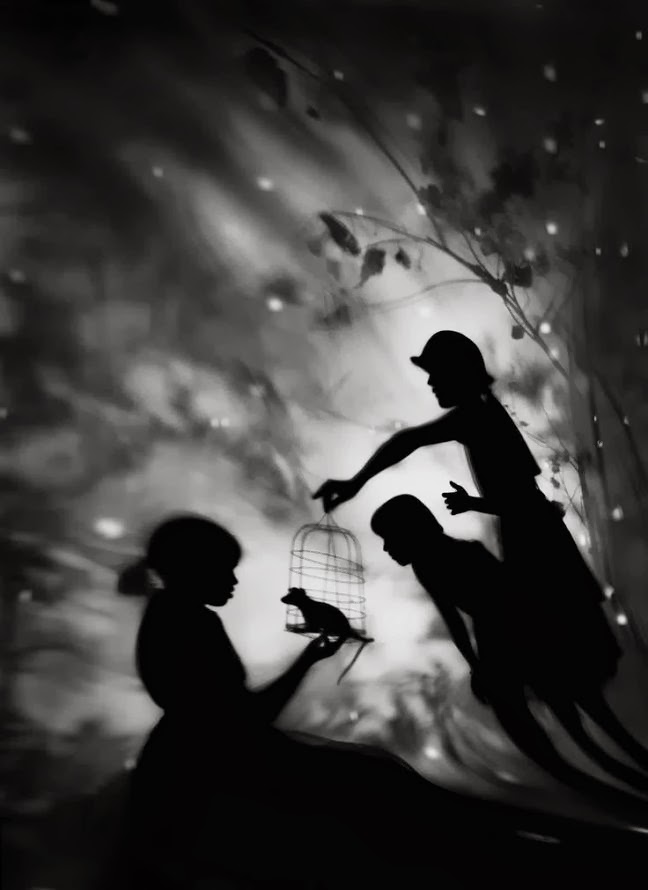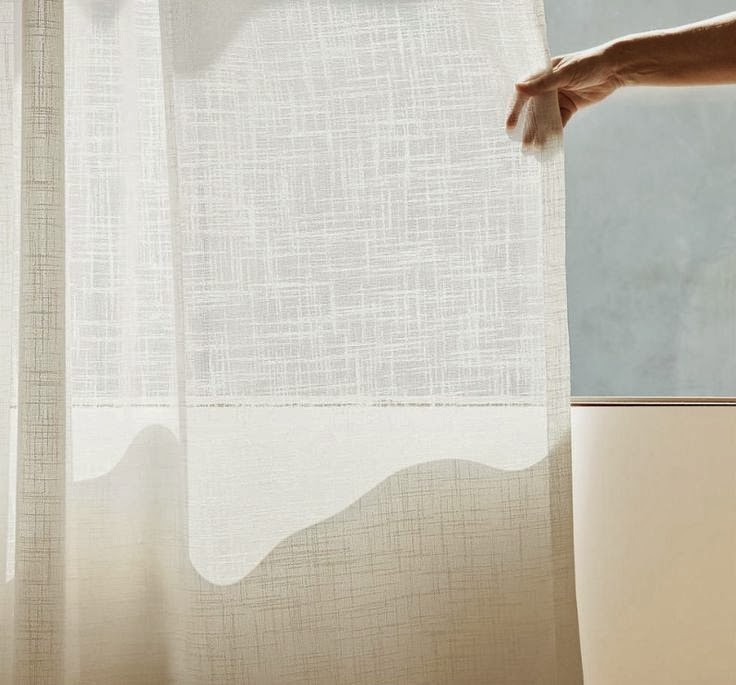The photos on my first panel are arranged in a brick-wall-type pattern, and each row is a separate series of works. The rows of three depict light and shadow through windows and blinds, and are used to document the passing of time throughout the day. My artist model for each of these series was Uta Barth, as she has similar photos taken through windows, as well as natural light from windows shining on walls. This particular series shows the light of dawn through blinds, contrasting the light with the darkness of the blinds, and begins the theme of vertical lines that runs through my whole first panel.
Series 2
This third row is the second use of light and shadow, this time showing the light coming through the blinds and hitting the walls. Again, my artist model for this series was Uta Barth, and this series continues the convention of vertical lines and using light and shadow as a subject.
This third row is the second use of light and shadow, this time showing the light coming through the blinds and hitting the walls. Again, my artist model for this series was Uta Barth, and this series continues the convention of vertical lines and using light and shadow as a subject.
Series 3
In the rows of four in between the series depicting light and shadow, the photos show the small details of everyday places, activities and objets, these specific ones taken in the bathroom, capturing the after-effects of a shower on the walls and floors. My main artist model for these photos was Rinko Kawauchi, who also captures small details of everyday things. I continue to use the convention of light in these series, like the light reflected in water droplets, as well as the lines running through my folio.
Series 4
This is the third series that depicts light and shadow, and the second one that shows the light shining through blinds and windows onto the walls. This time I took the photos from other areas of my house, showing how the light is affected in different places. My artist model for this series was Uta Barth.
Series 5
This is the second series that depicts the small details of everyday things, this one showing a messy slept-in bed. While I still used Rinko Kawauchi as an overall inspiration for this series, I also used Gareth McConnell as an artist model, as he also has similar photos of lived-in beds.
Series 6
This is the last series, finishing the board with the conventions of light and shadow and vertical lines. This series is similar to the first one, but this time it depicts artificial light hitting the blinds, contrasted with the darkness of nighttime though the blinds. The artist model for this series was Uta Barth.













































